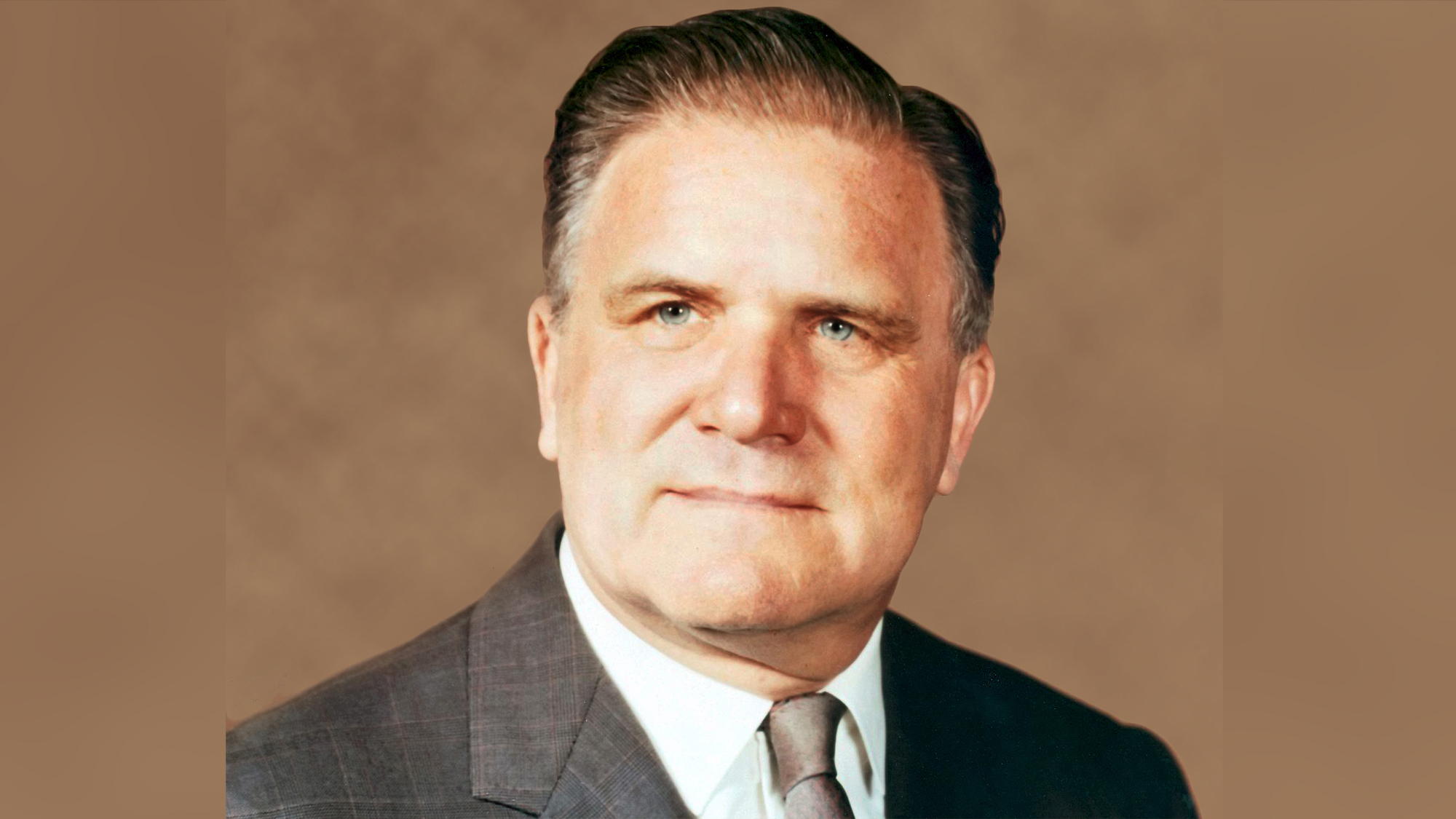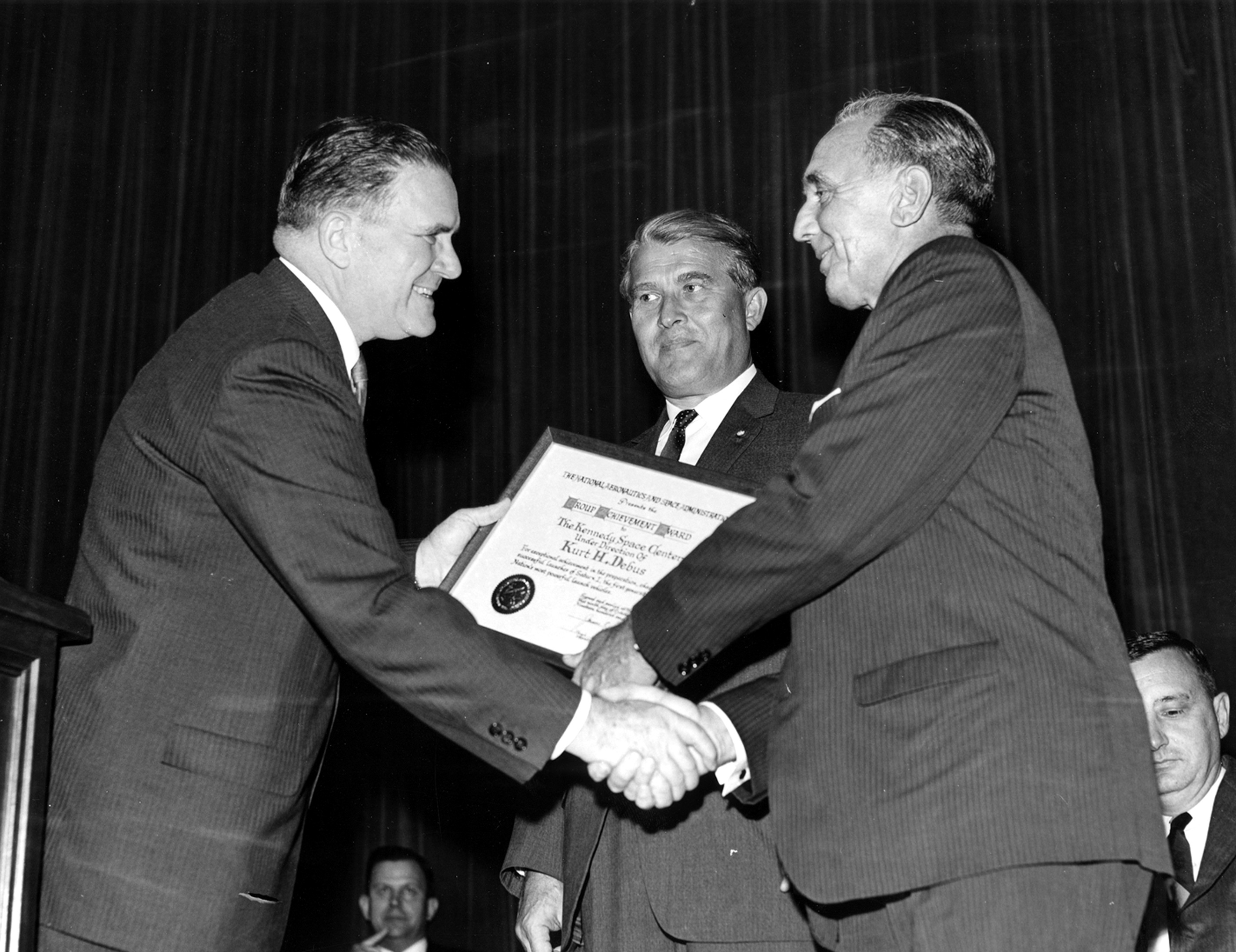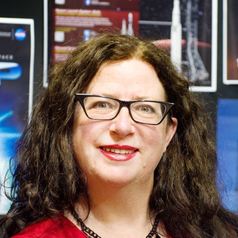
Will NASA rename the James Webb Space Telescope? A space expert explains the Lavender Scare controversy.

This article was originally published at The Conversation. The publication contributed the article to Space.com's Expert Voices: Op-Ed & Insights.
Alice Gorman, Associate Professor in Archaeology and Space Studies, Flinders University
The first images from the James Webb Space Telescope (JWST) are astounding. With its deep infrared eyes, the telescope is illuminating regions of the universe with never-before-possible clarity.
The telescope is a collaboration between NASA, the European Space Agency and the Canadian Space Agency. More than 300 universities, companies, space agencies and organizations are involved.
In the excitement, it's easy to forget the Webb telescope has been the subject of controversy. It's named after a NASA administrator who has been associated with the persecution of queer people in the "Lavender Scare" of the 1950s and '60s.
"Behind the Name: James Webb Space Telescope" highlights the troubled legacy of the observatory's namesake, James Webb, who headed NASA during the Cold War and many say was actively involved in the federal government's of purge gay employees. pic.twitter.com/B7sywTrUVWJuly 15, 2022
Who was James E. Webb?
James Edwin Webb was born in 1906 in North Carolina. He gained degrees in education and law and spent time in the US Marine Corps.
Get the Space.com Newsletter
Breaking space news, the latest updates on rocket launches, skywatching events and more!
He held a senior position in the State Department from 1949 until the early 1950s.
In 1961, U.S. President John F. Kennedy appointed Webb to the position of NASA administrator, the second since the agency was established in 1958.
In this role, he was responsible for the Apollo program to land humans on the moon. He was very successful in lobbying for support from Congress, and also navigated NASA through the difficult aftermath of an incident in which three Apollo 1 astronauts lost their lives in a capsule fire on the ground.

Webb pushed for science to be prioritized in the Cold War environment, where every space mission was a political tool. He also promoted "psychological warfare" (or propaganda).
Webb left NASA in 1968 before Apollo 11 flew to the moon. In later life, he served on various advisory boards and was involved with the Smithsonian Institution, the U.S. flagship cluster of museums, education and research centers. He died in 1992.
What was the "Lavender Scare?"
During the Cold War, Western capitalist democracies feared communist infiltration. This became known as the "Red Scare." The "Lavender Scare" was entwined with this paranoia.
Proponents of these ideas argued that because of the social stigma attached to their sexuality, LGBTQ+ people were at risk of being blackmailed into becoming Soviet spies. From the late 1940s, under the influence of Republican politician Joseph McCarthy, LGBTQ+ people were purged from US government employment.
Webb's exact role in the Lavender Scare is hotly debated. Several astronomers petitioning to have the telescope renamed have noted Webb (while at the State Department) was involved in high-level meetings about Lavender Scare policies.
In a Scientific American article last year, authors led by cosmologist Chanda Prescod-Weinstein wrote,
"The records clearly show that Webb planned and participated in meetings during which he handed over homophobic material. There is no record of him choosing to stand up for the humanity of those being persecuted."
But according to a 2021 Nature article, "David Johnson, a historian at the University of South Florida in Tampa who wrote the 2004 book The Lavender Scare, says he knows of no evidence that Webb led or instigated persecution. Webb did attend a White House meeting on the threat allegedly posed by gay people, but the context of the meeting was to contain the hysteria that members of Congress were stirring up. 'I don’t see him as having any sort of leadership role in the Lavender Scare,' says Johnson."
Is it any better if Webb was passively enacting the policies rather than leading the persecution? Other government departments did actively oppose the investigation and sacking of LGBTQ+ employees.
Echoes of controversy
Space instruments are usually named via a consultation process, often with the public invited to contribute their ideas. It's also not unusual for spacecraft names to be changed. For example, the 1991 Gamma Ray Observatory was renamed after physicist Arthur Holly Compton after its launch.
The Webb telescope's name was reportedly chosen by NASA administrator Sean O'Keefe in 2002.
NASA's official response to the controversy is that there is "no evidence at this point that warrants changing the name of the telescope".
Whatever Webb's role in the Lavender Scare, the question for some observers seems to come down to whether he was personally homophobic.
Framing the issue like this has echoes of another controversy: the complicity of German rocket scientist Wernher von Braun in the Third Reich.
Von Braun, who was a member of the Nazi Party and an SS officer, played a pivotal role in the US space program.
Today, NASA mentions von Braun's Nazi past on its website. But space historian Michael J. Neufeld says "his Nazi record was not widely known until after his death."
Many excuse von Braun's political allegiance by arguing he just wanted to launch rockets into space.
Where to from here?
The James Webb Space Telescope is a touchstone for issues that have come to the fore in recent times.
For example, there has been a backlash against the memorialization of colonial "heroes" who perpetrated violence against Indigenous and enslaved people, leading to statues all over the world being toppled.
Some decry the idea of inclusivity as the ultimate in "wokeness." Others argue maintaining historical barriers to participation in science — based on race, class, gender and disability — means we lose potential talent.
Science is meant to be objective and have no prejudice. In reality, scientists and science administrators are people like any others, with their own ideologies and flaws.
The question is whether we judge them by the standards of their time, or by those we hold today.
In the end, perhaps we should remember that the Outer Space Treaty of 1967 proclaims that space belongs to all humanity.
This article is republished from The Conversation under a Creative Commons license. Read the original article.
Follow all of the Expert Voices issues and debates — and become part of the discussion — on Facebook and Twitter. The views expressed are those of the author and do not necessarily reflect the views of the publisher.
Join our Space Forums to keep talking space on the latest missions, night sky and more! And if you have a news tip, correction or comment, let us know at: community@space.com.

Dr. Alice Gorman is an internationally recognized leader in the field of space archaeology. She is an Associate Professor in the College of Humanities, Arts and Social Sciences at Flinders University, where she teaches the Archaeology of Modern Society.
Her research focuses on the archaeology and heritage of space exploration, including space junk, planetary landing sites, off-earth mining, rocket launch pads and antennas.
She is a member of the American Institute of Aeronautics and Astronautics, the Advisory Council of the Space Industry Association of Australia and the Australian Institute of Aboriginal and Torres Strait Islander Studies.
Her book "Dr. Space Junk vs the Universe: Archaeology and the Future" (2019) won the Mark and Evette Moran NIB People's Choice Award for Non-Fiction and the John Mulvaney Book Prize, awarded by the Australian Archaeological Association. It was also shortlisted for the Queensland Premier's Literary Awards, the NSW Premier's Literary Awards, and the Adelaide Festival Literary Awards.
Alice tweets as @drspacejunk and blogs at Space Age Archaeology.









